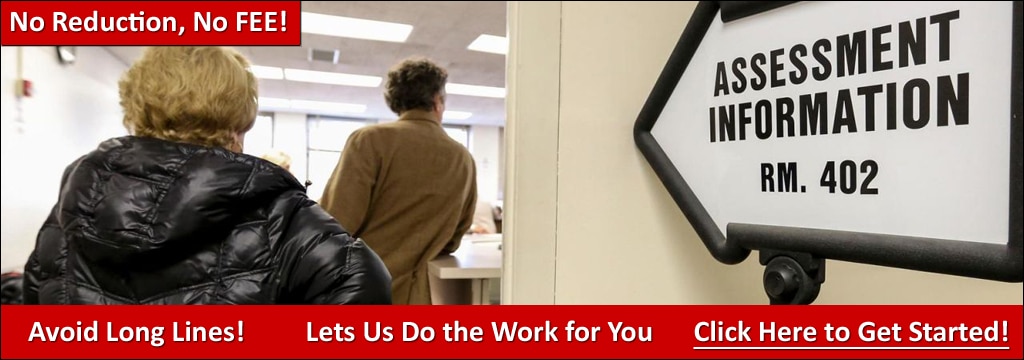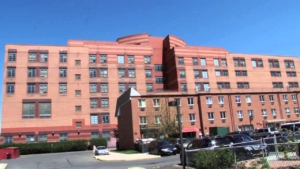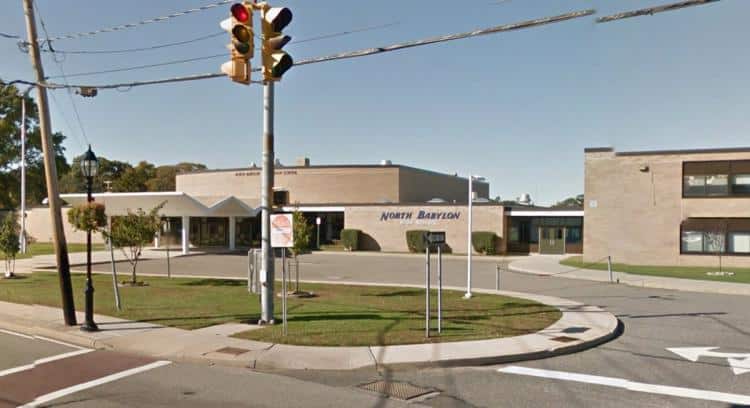Long Island’s school spending may increase to an average of 2.35% for the 2017 – 2018 school years, with school increasing by up to 1.73% more compared to the 2017’s current hikes, yet only within state tax-cap restrictions for the large majority of districts.
According to the state Education Department, specifically from the figures, they released last Wednesday, it seems that budgeted spending may increase by about 2.36% in Nassau County and by about 2.33% in Suffolk County.
In Nassau, tax levies are said to increase by 1.37% & by 2.10% in Suffolk. Every year the Education Department colts report from approximately seven hundred districts across the state, including one hundred and twenty-one in the 2-county region.
At this point school budgets are proposals and they’ll be submitted to voters on May 16th. Currently, there’s only a single school district in New Suffolk that announced its intention of overriding the state-imposed tax cap. By law, this means that 60% of the votes need to be in favor of the new budget.
The New Suffolk spending plan will increase its tax levy by six point five percent in 2018, which is almost double the current three-point four percent limit. Proposing such an increase though is not that simple and school officials are still thinking about it. However, in part they do agree to it given the fact there’s been an unforeseen increase in tuition costs.

The district operates just 1 elementary school. When it comes to its older students from grades 7 through twelve, they’re sent on a tuition basis nearby Southold. This year though it seems that 4 new high school age students moved into the county, which is a very large increase for a system of approximately twenty-five students.
On top of that, the county received 2 new students (elementary age) who don’t speak too much English. As such, it’s the district’s duty to pay for language instruction classes so that the new students can learn how to speak proper English. The good news is that there are also plenty of certified teachers who can work with such students and help them integrate better.

For a full year, the total costs amount to about $20,000. When you think about it, this is a very large hit, said the president of the new Suffolk school board, Tony Dill.
In an effort to reduce costs as much as possible, 2 local teachers are currently being certified so they can work with students that do not speak English.
1 district in Suffolk and 5 districts in Nassau are cutting taxes. This includes Valley Stream thirty which currently has the highest project levy minimization: 15.7 % (onetime cut).
According to local school leaders, the cuts will fulfill their promise to make payments made by property owners in lieu of PILOTs (taxes payments) in order to lower the levy for this year and the next. It’s important to mention that their promise only covers the taxes payments that exceeded budgeted removes in 2017.
The administrators of Valley Stream said they wish local homeowners will get some property tax relief thanks to the levy’s decrease, yet they’re not really sure about whether this will be the case due to the various complexities (not under their control) of Nassau’s tax system.
One example of such complexities lies in the fact that there are 4 classes of taxable property in Nassau. Also, the burden associated with each class, regardless of if we’re talking about residential or commercial properties, changes on a yearly basis. Another problem is the fact that the largest PILOT payments are currently made by the Green Acres and they’re presently under fire due to legal disputes.
Because of these issues, the school officials said that they are not sure whether the state will receive the same payments as it did in the past. Furthermore, if there are any solutions to the problem, they’re going to be up to different government entities, such as the Industrial Development Agency, Hempstead Town, and the county.
“Currently, there are many questions asked, but very few answers, said Valley Stream school districts superintendent”, Mr. Nicholas Stirling.

